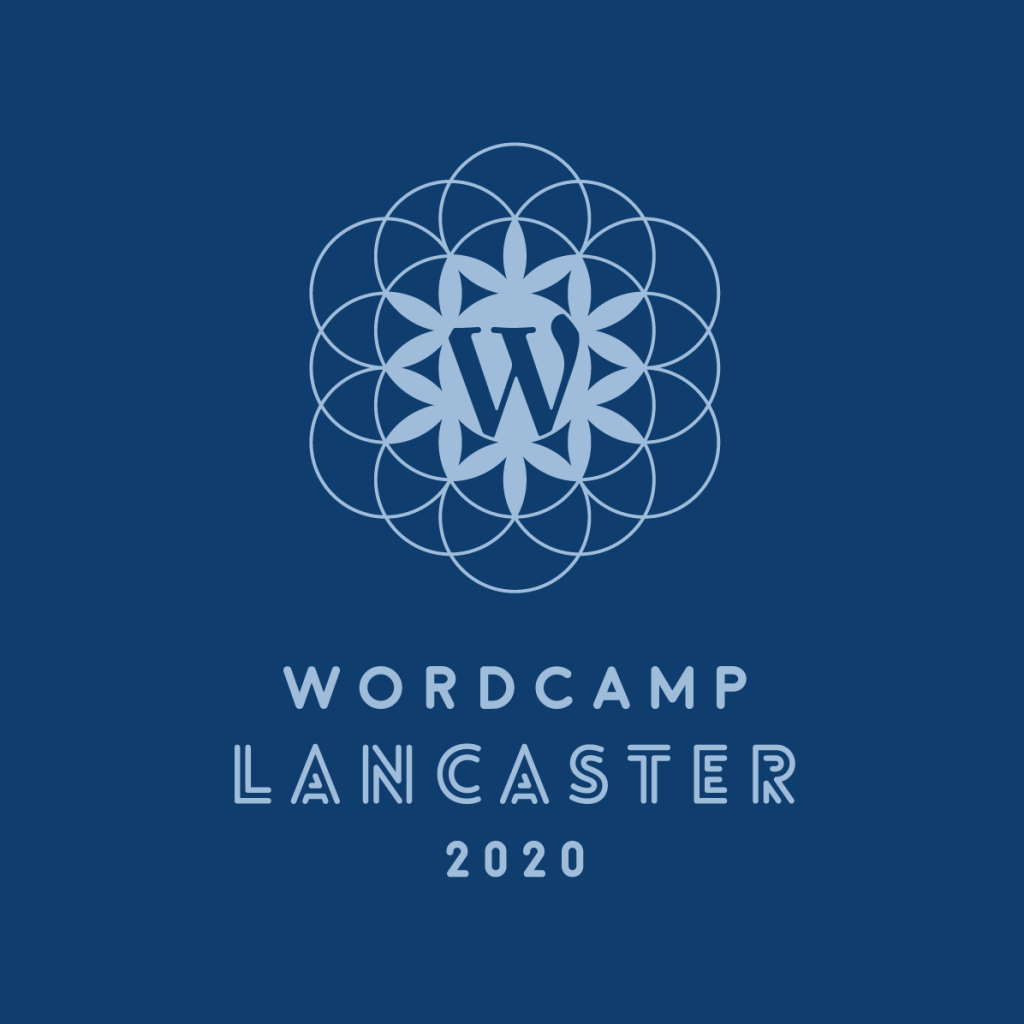Since its inception in 2014, WordCamp Lancaster has used imagery rooted in local culture and Pennsylvania pride to identify each annual event.
Hex signs, also called barn stars, are Pennsylvania folk art. These signs, adorning farm fascia and signifying harvest and religious commitments, grew in popularity as paintings separate from buildings in the 1950s because of the works of Johnny Ott & Milton Hill. Ott borrowed the birds (or distelfinks), flowers, and hearts of Fraktur, while Hill painted geometric signs featuring stars with even numbers of points and drops of water.
Johnny Claypoole was a welder who responded to a classified ad penned by Johnny Ott in search of an apprentice. Claypoole became a student of Ott’s, and when Ott’s health declined, Claypoole promised he would carry on his work. Claypoole merged Ott’s and Hill’s two styles throughout 1970s and painted many modern hex signs that would influence the designs of each WordCamp in Lancaster, Pennsylvania. Some credit Claypoole for saving the art form altogether.
2014
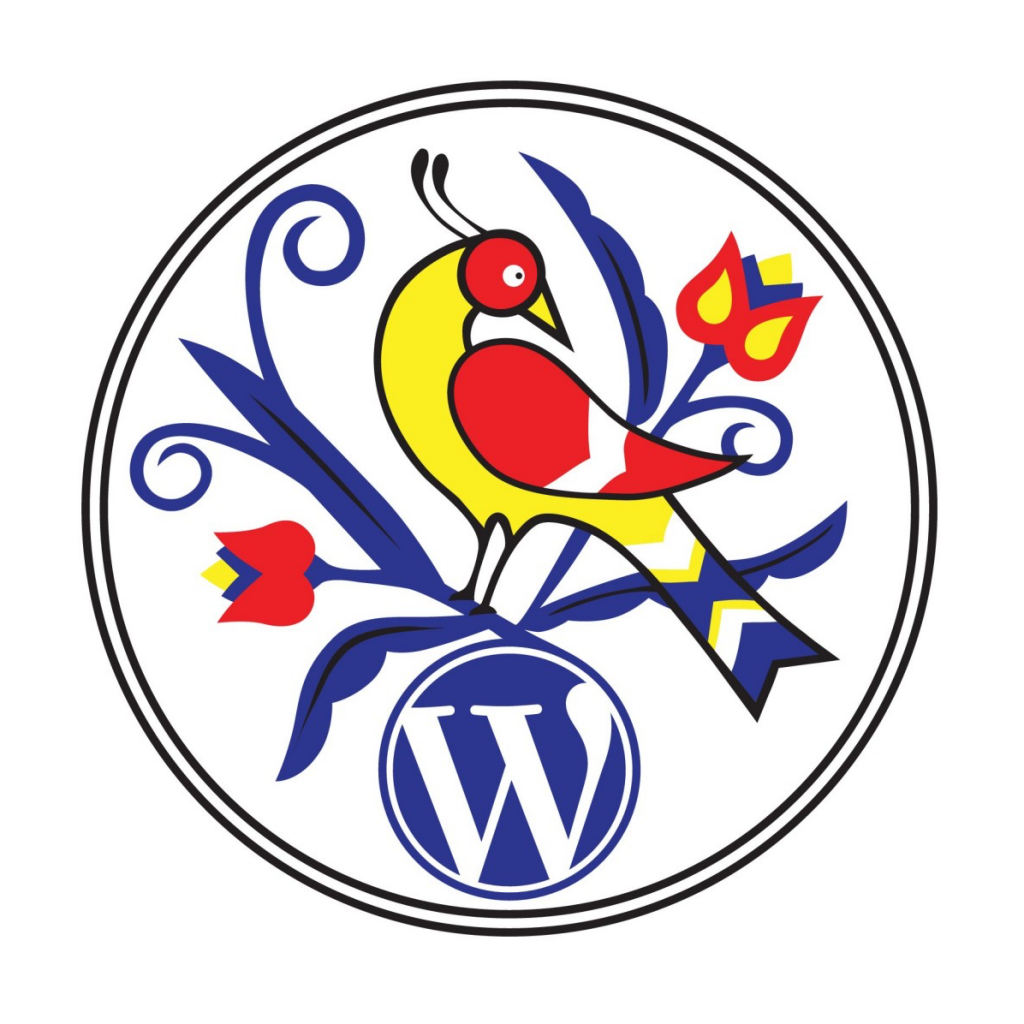
The first WordCamp Lancaster logo might be the most memorable not because of its age, but because of the maroon t-shirts all attendees were given that are still worn to local events like meetups, CPOSC, and WordCamps.
2015
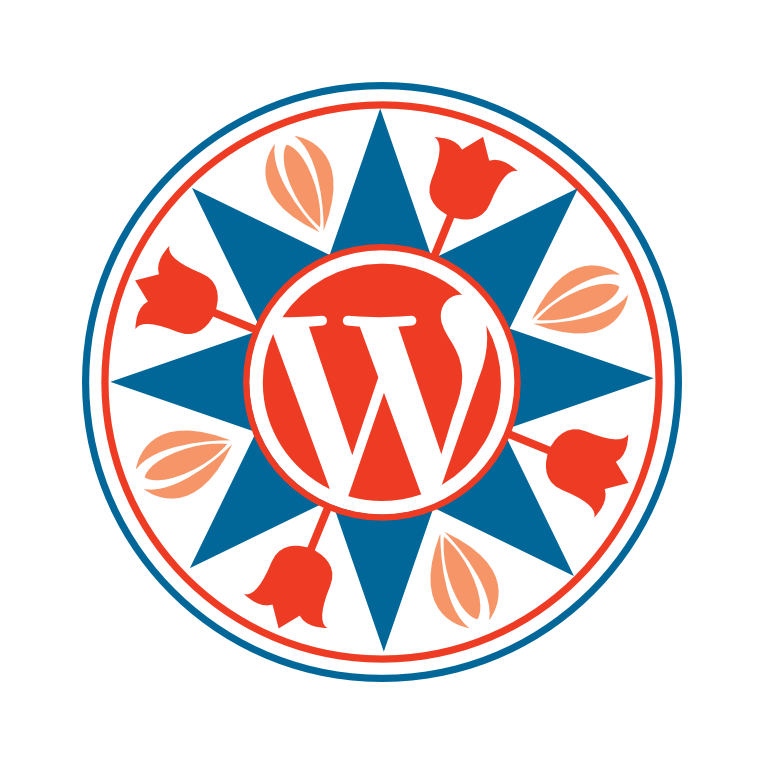

Dustin Leer joined the organizing team and began donating his talents as a designer in 2015. He’s created the majority of the event’s logos and websites.
2016
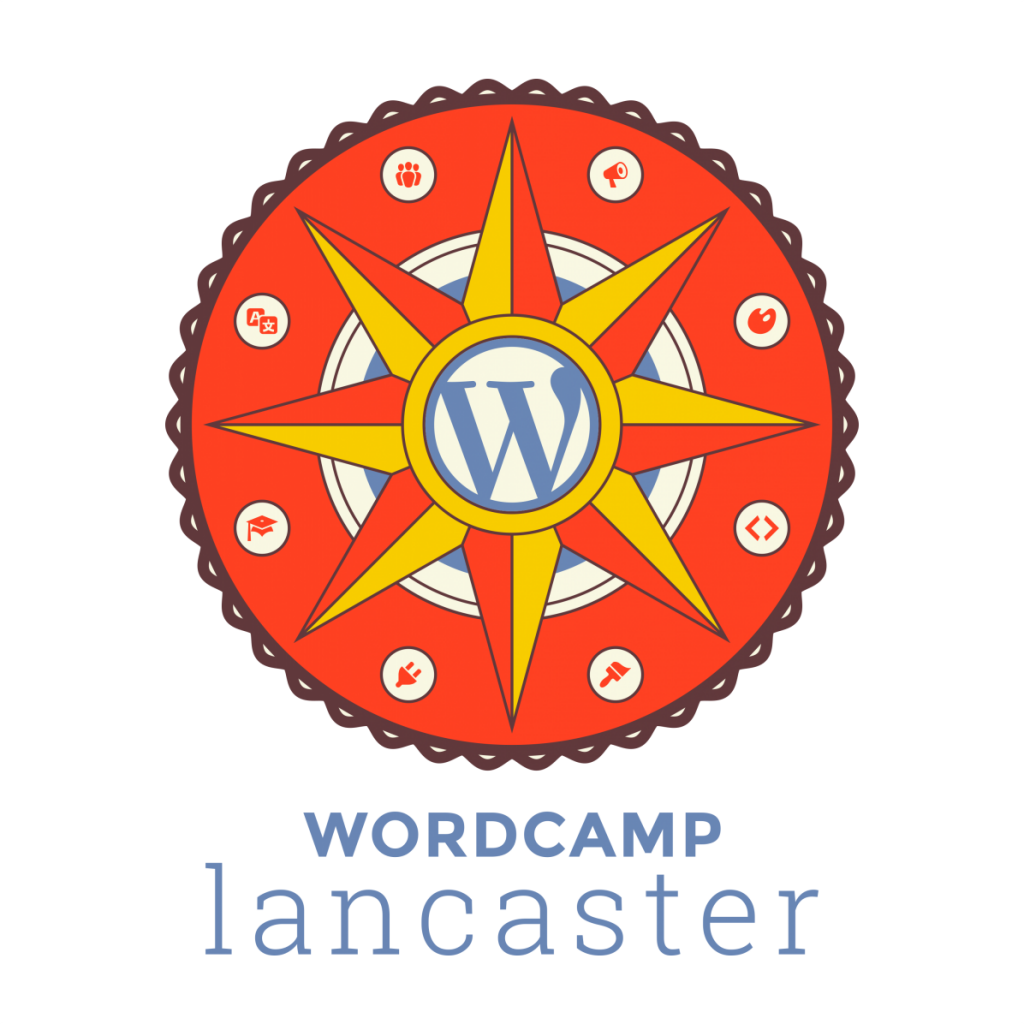
2017

Dustin departed from the hex sign art boldly in 2017 with a chromatic treatment and a strong Pennsylvania icon; the keystone.
2018
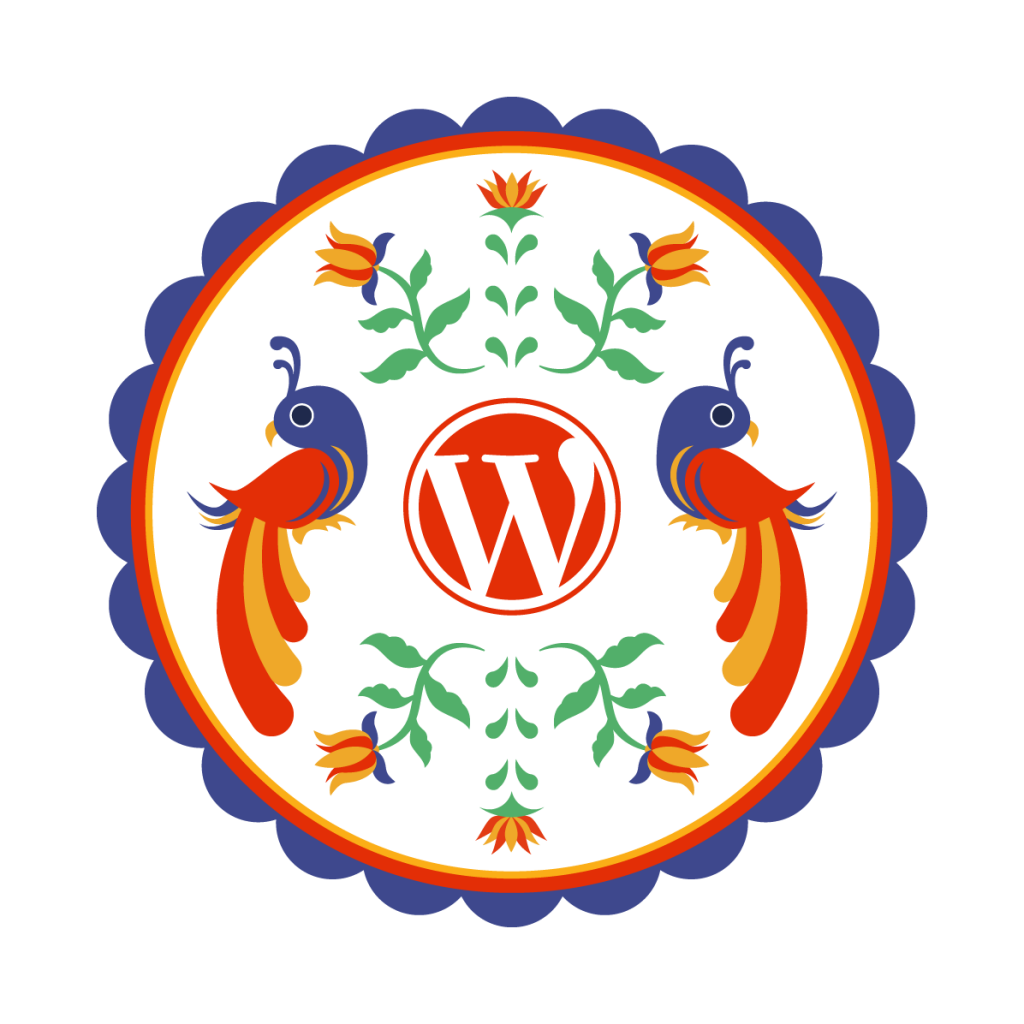
2019
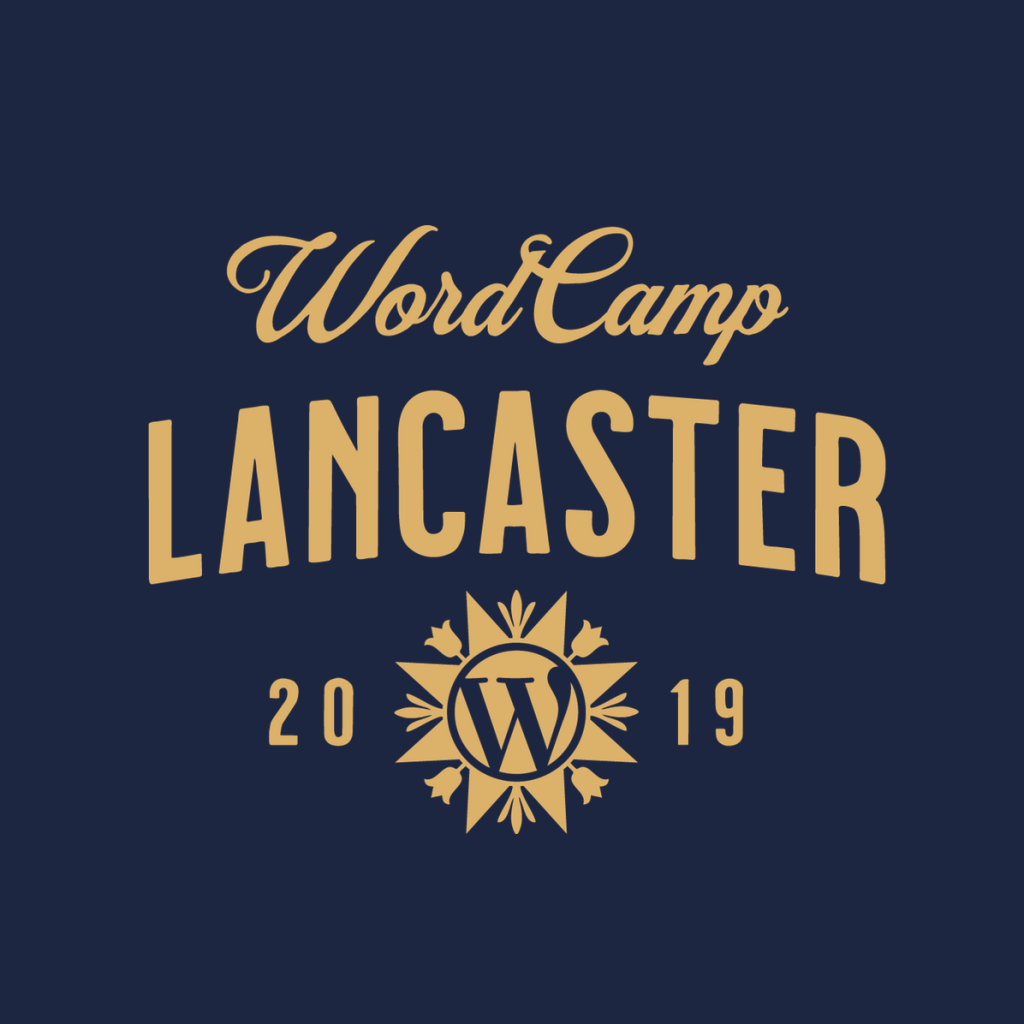
Corey Salzano joined the organizing team in 2017 and designed the event logo in 2019, the first year he served as lead organizer.
2020
